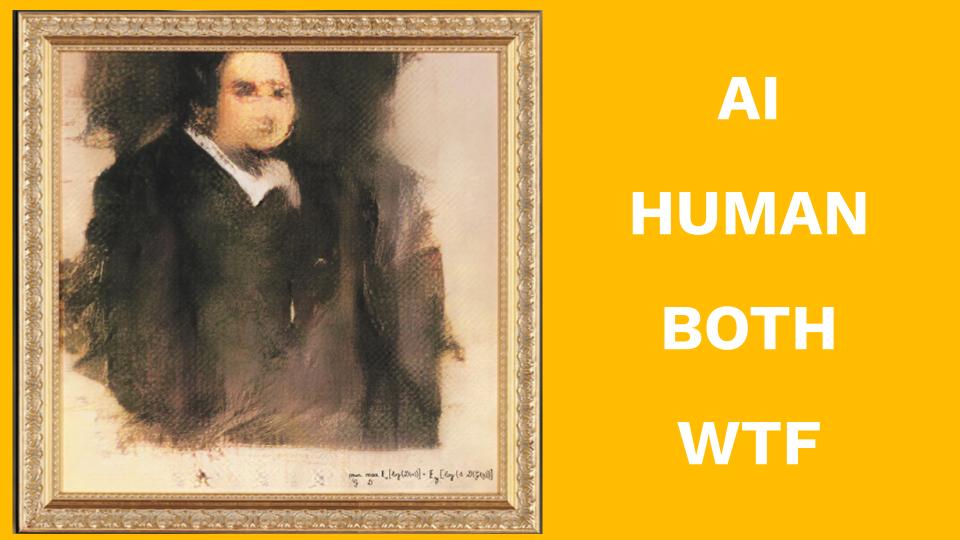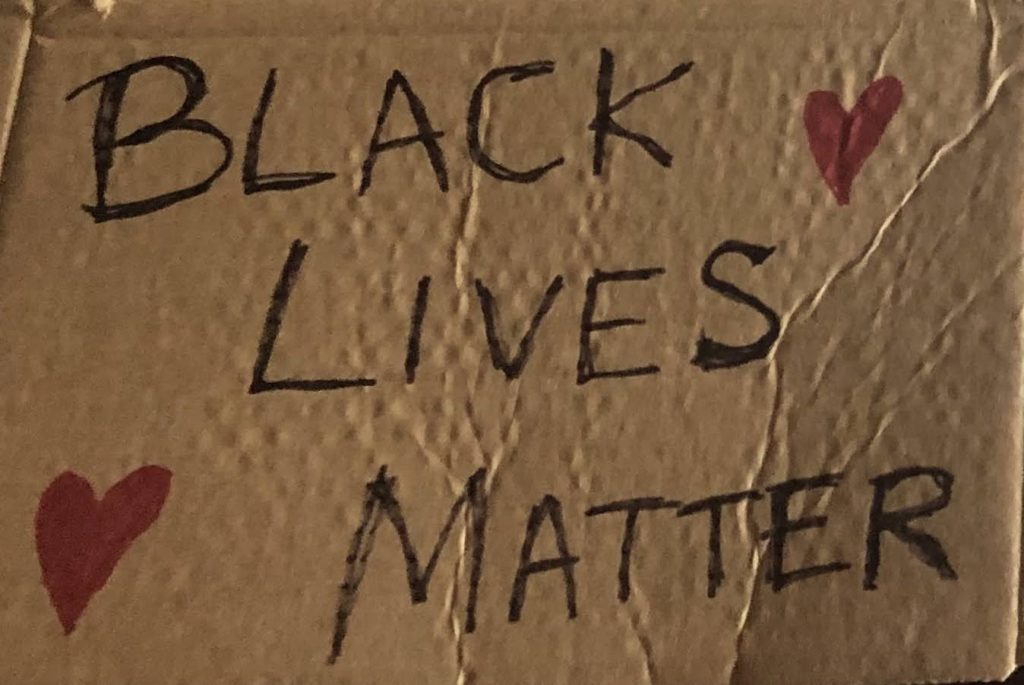Humanity. What Does it Mean to be Human?
Grapple Series, Session #4
Curators notes:
When do we feel most human? Is it when we ... connect with each other and with nature? ... create works of art, food or ideas? ... move our bodies in response to our inner rhythm? ... reflect and notice more about ourselves, our space and our context? ... acknowledge our mortality and inherent vulnerability? These were some of the thoughts and questions that our group grappled with and shared about our collective experiences being human. On June 22, 2020Summary:
The Grapple Series: Exploring the Intersections of Artificial Intelligence & Humanity was organized by educators from The Western Pennsylvania Writing Project & The CMU CREATE Lab to support the exploration of the impact and implications of artificial intelligence and new technologies for education and for the communities we serve. Originally published on June 22, 2020When do we feel most human? Is it when we connect with each other and with nature? Is it when we create works of art, food or ideas? Is it when we move our bodies in response to our inner rhythm? Is it when we reflect and notice more about ourselves, our space and our context? Is it when we acknowledge our mortality and inherent vulnerability? These were some of the thoughts and questions that our group grappled with and shared about our collective experiences being human.
Pre-readings and viewings included:
- How Much of the Internet Is Fake?
- Dinner with Frankenstein
- N.K. Jemisin’s Valedictorian
- Listen to the LeVar Burton Reads Episode – “Valedictorian” by NK Jemisin on iHeartRadio
- CC: Valedictorian (the text)
- Arundhati Roy: ‘The pandemic is a portal’
Additional Resources – too delicious to pass up:
- Louis Chude-Sokei Interview (AI & Humanity Archive)
- A debate between AI experts shows a battle over the technology’s future from MIT Tech Review
During this final session in our Grapple Series on AI and Humanity, we wrestled with the very essence of our humanity. When interrogating the origins of and motivations behind AI, we began to uncover how these technologies are largely designed to generate economic gains, and relegate ethical considerations to an afterthought (if at all). In these transactions, what do we give up and what do we lose of our privacy, our agency and our collective humanity? These grapplings led us to the essential question of: What does it mean to be human? This topic was particularly poignant in this moment when we find ourselves physically distanced and missing human touch that connects us. Many of us are currently even more reliant on technology to stay connected and be in community. We wonder about the role of surveillance capitalism in this space of intensified technology adoption. What are the ads that are popping up for you when you are online? Do you feel more targeted by marketing during your quarantined life on the Internet? How is this moment shaping for our students who are in virtual spaces of learning, and what type of Internet footprint is this pandemic creating for our children? These are some of the questions coming up for us right now.
Our readings for this session prompted conversations about: how much of the portrayal of humanity on the Internet is fake; how we would describe being human to Frankenstein at a dinner party; how fictional AI sentient beings in a dystopian future might teach us a lot about our own humanity; and how the current pandemic could be a portal to a new world we build together to save our collective humanity. These resources are rich and pave the way for us to dream about the future we want to build, honoring our collective wisdom and ways of knowing, while prioritizing human life and worth above all else.
As a final activity, we revisited the ‘Bot or Not’ game we played at our very first grapple session, but added some new features. For this adapted game, we presented a series of media – images of people, drawings, visual art and music – and asked the group to determine if the given piece was (or was created by) ‘Human’, ‘AI’, or ‘Both – AI & Human. As an added twist we also offered the response option ‘WTF’ for things people had no words to describe.

This “Portrait of Edmond Belamy” is the first painting created by artificial intelligence (Generative Adversarial Network) to be auctioned – it sold for $432,500. [Image © Obvious]
In the weeks since our last session, our humanity has been challenged in new and old ways; our resilience, will and courage have been tested. Conversations about AI and technology might seem far removed from current events, but these tools are also artifacts of white supremacy and surveillance capitalism, which continue to dehumanize us. We must be critically conscious about and intentional in how we engage with and design technology, and pay close attention to the narratives about the promises of AI. Our future is not tied to technological advances – our future depends on us. Imani Perry asks: “How can we be fit for the freedom we want?”. bell hooks compels us to liberate our imagination to make space for authentic love, because “What we cannot imagine cannot come into being.” Brittney Cooper reminds us to hold on to joy, not in a way that relies on things happening or requires a performance of smiling, but in a deeper sense that connects with our purpose: “…we can’t let the messed-up state of the world steal our joy.” Our grappling will continue in the crawl spaces that Bob Moses describes, and at the intersections of collective-wisdom, future-building, freedom-dreaming, love-embracing and joy-giving …


